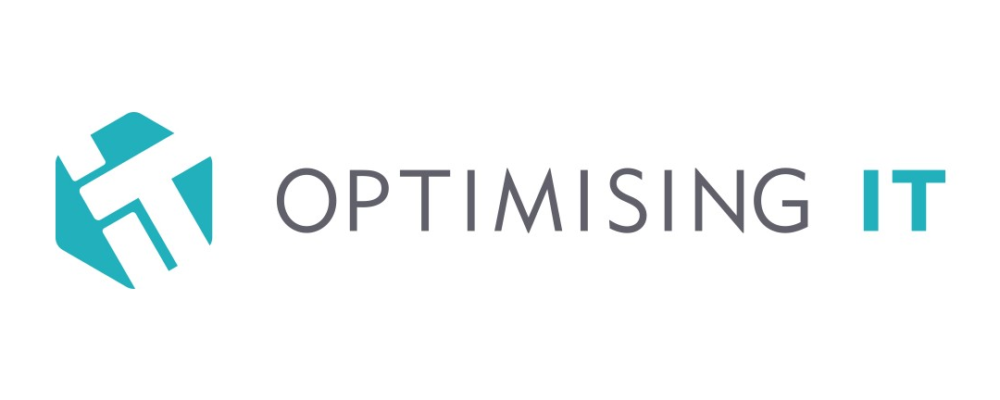
The question of the usefulness of an internal cyber security audit often comes up in company discussions. After all, shouldn’t standard risk assessments be good enough? The answer to that depends on their purpose. When a company is looking to establish a more encompassing and in-depth plan of action for its security needs, then a standard risk assessment just won’t do.
If you don’t feel your company is qualified to perform its own cyber security audit, there are different avenues you can take in these situations. It’s far better to reach out to a cyber security services company and set up an external audit. However, self-audits can be crucial to your business in the long run.
Self-Audits Are Business Crucial
A company will need to set up its own parameters and a specific set of goals and standards. For this, it is recommended to perform a self-audit. With a self-audit, your business will be able to establish a set of security standards, help enforce regulations and best practices, and determine the state of your security.
Cyber security consultants can aid your business in performing a self-audit so that you’re better prepared for an external audit in the future. By completing an audit once per quarter, you can keep informed on what parts of your company require a tech update to best protect your business.
Cyber Security Audit: External vs Internal
Deciding whether or not you want to use your own resources or outsource the audit to a professional is an important decision. You can seek out a cyber security services company to handle the audit if you prefer to leave it to the experts.
External Cyber Security Audit
Cyber security consultants and auditors are consummate professionals which use a wide-ranging selection of cybersecurity software to complete an audit. They use this software to detect vulnerabilities in your security. This, on top of the vast knowledge and experience a cyber security consultancy has, can help your business discover gaps and security flaws in your systems.
Generally speaking, the cost of a cyber security services company isn’t usually cheap. Finding one that also fits your needs can be additionally difficult. The longer the process takes, the more an audit tends to cost. Ensuring you create adequate lines of communication between yourself and the auditor will avoid unnecessary costs and inaccurate results.
A cyber security consultancy may be able to work with you in terms of pricing based on the information you provide. It’s because of this that hiring an external auditor is more of a luxury rather than something to rely on over the long term. Something like once a year may be better on the budget while also providing outside eyes into what vulnerabilities the business may have.
Internal Cyber Security Audit
Internal audits are far cheaper and easier to manage than external audits. You’re also able to set your own benchmarks for what you feel your company requires. However, internal audits are not normally done by audit professionals as they usually rely on individuals without much experience.
This can be countered and corrected by hiring the right people and providing the correct training. Creating your own internal auditing department is not only a cheaper alternative to external audit professionals but more efficient as well.
An internal employee is more suited to gather required data, as they are already familiar with established company processes. In contrast, an external auditor would need to be told what and when they can access and collect data without disrupting established workflow.
Steps To Take When Performing A Cyber Security Audit
There are five important steps to follow when performing a cyber security audit. These include:
Determine Assets and Scope
First, you’ll want to figure out what and who is going to be audited. Any employee who knows the overall flow of data both in and out should need to undertake an audit. Specific components should be focused on as well such as the entire IT infrastructure, data storage and transfers, and your current security standards, both physical and cyber.
Once the scope has been determined, you can move on to the assets. You’ll want to list every single one of your company’s assets and order any additional components you may need. Assets can include a multitude of things such as computer equipment, sensitive data and information, communication systems, and documentation.
Now you’ll need to decide on security parameters for the assets. Categorising each asset as minor, major, or critical will help determine the scope of those parameters. Start with the most valuable assets and work your way down. You can now focus the audit on those assets marked as most valuable.
Identify Any Threats or Vulnerabilities
Once assets have been defined, you’ll want to determine what the threats to those assets are or could be. Any and all threats should be taken seriously from as low as a poor employee password to a natural disaster occurrence.
After threats are assessed, look for any potential flaws that could potentially hurt your business. This not only includes hardware and software issues but also human error as well. The discovered threats –with the likelihood of exploiting a vulnerability– that have the highest risk of impact will need to be prioritised.
Evaluate Current Security Processes
What security processes do you already have in place to combat these threats? If your company is ill-equipped to face threats such as hacking, data-theft, and other privacy violations, you’ll want to take a closer look at your security measures. Ensuring the current infrastructure is adequate for the tasks required should be a priority.
Understand that at this stage, you’re only evaluating your current defences and looking for kinks in your company’s armour, so to speak. Do not allow personal bias to skew the results of the audit. This goes for employee favouritism, looking the other way for those in certain positions, and even yourself.
Prioritise the Essentials
Now you’ll want to focus on the potential risks, the probability that these risks could occur, and which of these concerns you need to prioritise. You can score them using any criteria you choose, but anything considered ‘high risk’ should be put at the top of your to-do list.
The cost and effectiveness of the company’s current or future security procedures should also go into your risk assessment. Once your list of priorities has been compiled, you can move onto the final step.
Set Security Protocols and Record the Risk Assessment
Take the compiled list of priorities in the previous step and then decide on security solutions for each of them. Determine the steps needed to reduce or eliminate the threat potential, create a plan for corrective actions, and decide on which, if any risks are acceptable.
Finally, create a risk assessment report. This will help management determine budgets, guidelines, and more based on what has been recorded. Make sure the assessment covers each threat’s vulnerabilities, assets, impacts, and probability of occurrence. It should also list all security measures and solutions.
When to Conduct a Cyber Security Audit
You have the steps you should take when conducting an audit. So when should you begin? Determining when a cyber security audit is necessary isn’t easy. Most companies choose to do an internal audit once a year. However, we would recommend conducting an audit once per quarter.
The first audit conducted can act as a benchmark for all future audits. You can use it to measure all of the successes and failures to come. This will allow your company to build and learn, continuously improving over time.













